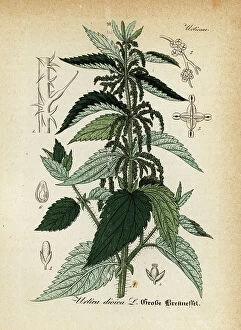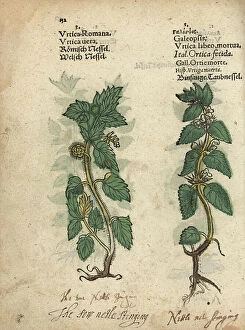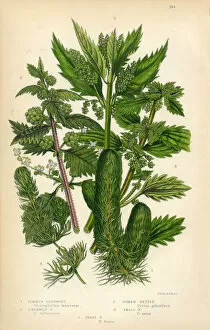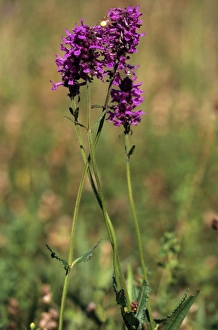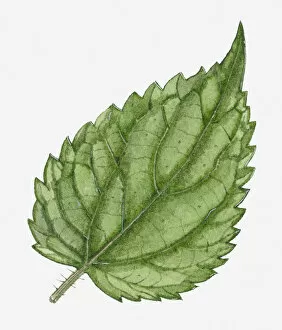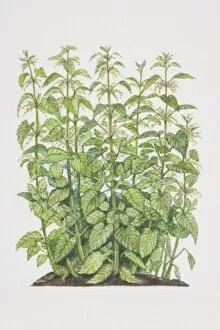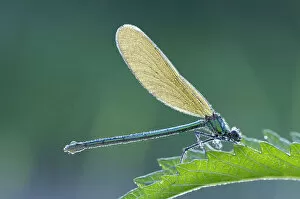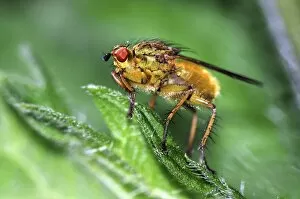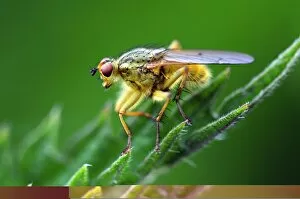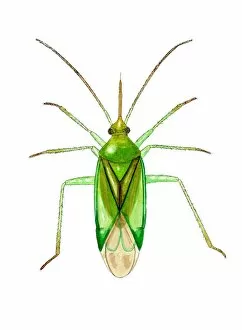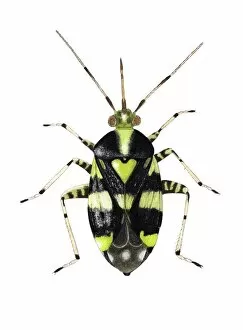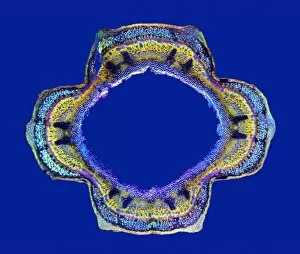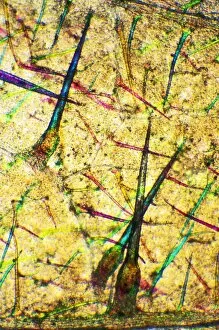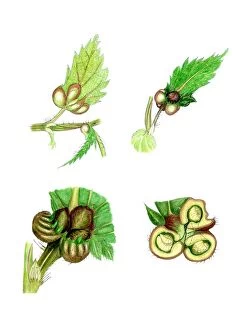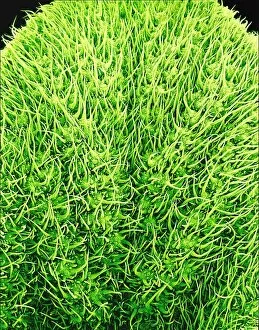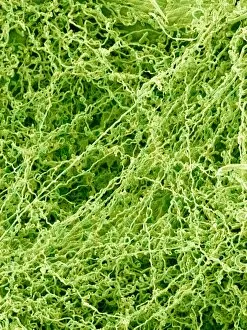Stinging Nettle Collection
"Discover the Intriguing World of Stinging Nettle: A Victorian Botanical Illustration Unveils its Secrets" Step into the enchanting realm of stinging nettle
All Professionally Made to Order for Quick Shipping
"Discover the Intriguing World of Stinging Nettle: A Victorian Botanical Illustration Unveils its Secrets" Step into the enchanting realm of stinging nettle, also known as weasel snout or snapdragon. This captivating plant, scientifically named Urtica dioica or Urtica maior, has been beautifully depicted in a stunning Victorian botanical illustration by Leonhart Fuchs from De historia. Take a closer look at this remarkable herbaceous perennial and you'll find its defining feature - nettle leaf trichomes. Underneath a scanning electron microscope (SEM), these tiny stinging hairs reveal their serrated edges and green leaf veins. Intriguingly, nettles have found their place in various aspects of botany. They belong to the Lamiaceae family alongside other notable plants like horehound, motherwort, and hemp. Another exquisite Victorian botanical illustration showcases nettles alongside hornwort. The metamorphosis of the peacock butterfly is intertwined with stinging nettles too. In an 1888 artwork by Thomas Brown, we witness a caterpillar perching on a common nettle leaf—a testament to nature's interconnectedness. With no shortage of fascinating details, it's worth noting that purple betony or bishops wort (Stachys officinalis) also thrives amidst these prickly leaves. Meanwhile, the harlequin ladybird—also known as Asian lady beetle or Japanese ladybug—finds solace on nettle leaves' textured surface. From Thuringia in Germany to Zalkerbos in The Netherlands, they can be found across diverse landscapes worldwide. Their resilience and adaptability make them truly awe-inspiring. So next time you encounter this seemingly ordinary plant along your path, remember its hidden wonders—the intricate flora cut-outs adorned with serrated edges and stinging hairs that protect it from harm while providing shelter for countless creatures.


